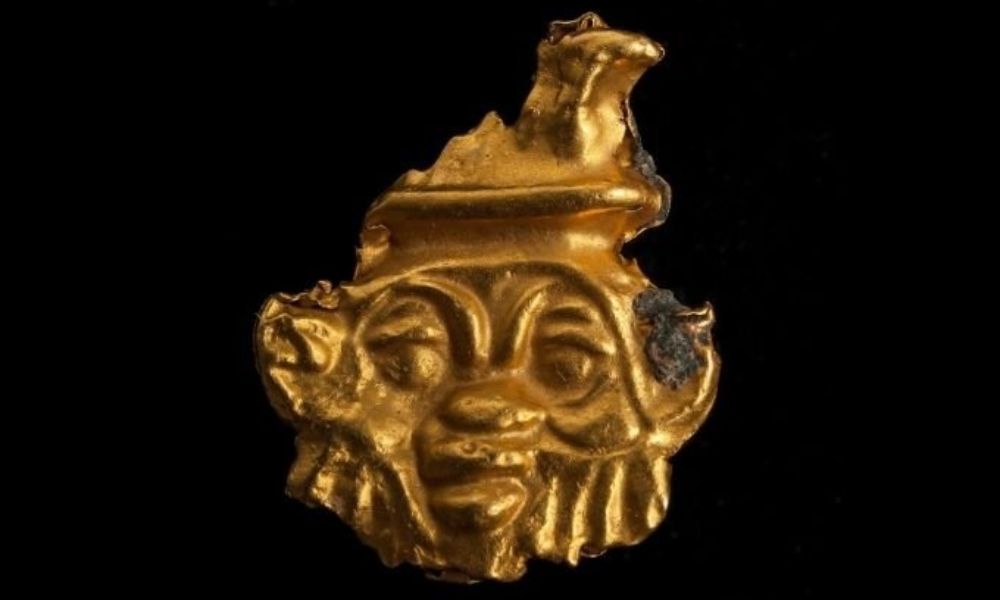The Egyptian-French archaeological mission of the European Institute of Underwater Archeology (IEASM), working in Alexandria has recently discovered a 2000-year-old warship in the sunken city of Thônis-Heracleion, ancient Egypt’s gateway to the Mediterranean. The remains are located in Abu Qir Bay, about two and a half kilometers off the coast.
The galley comes from the time of the pharaohs – the Ptolemaic period, or the epoch of Hellenistic Egypt. The ship sank in the 2nd century BCE after getting struck by stone blocks from the nearby Amun temple during a cataclysmic earthquake.
The shipwreck was discovered under 5 meters of mud mixed with the remains of the old temple. When the earthquake happened, the ship was covered by blocks of the collapsing temple. It’s because of these large blocks that the ship remained hidden in the canal for so long.
The mission used a cutting-edge prototype sub-bottom profiler electronic equipment to detect the archaeological remains buried beneath the seabed. Automated drilling drones controlled from the surface were used to bring the remains back to light.

Artifact uncovered during the archaeological excavations
The galley carried typical ancient Egyptian shipbuilding features and measured 25 meters in length. It was equipped with oars with a large sail and had a flat bottom and a flat beam, features which were useful in navigating the Nile and the delta.
Franck Goddio, a prominent French underwater archaeologist, notes that there are very few archaeological examples of Greek warships from this period. The only other example discovered so far is the Punic ship Marsala (235 BC), found in Sicily in 1971.
At the entrance to the northeastern canal of the city of Thônis-Heracleion, the team also discovered a tumulus (burial mound) which revealed the remains of a Greek funerary area dating back to the beginning of the fourth century BC. This shows the presence of Greek merchants that used to live in the city and were allowed to build their funerary temples near the temple of Amun.
Photo credit: Ministry of Tourism and Antiquities
